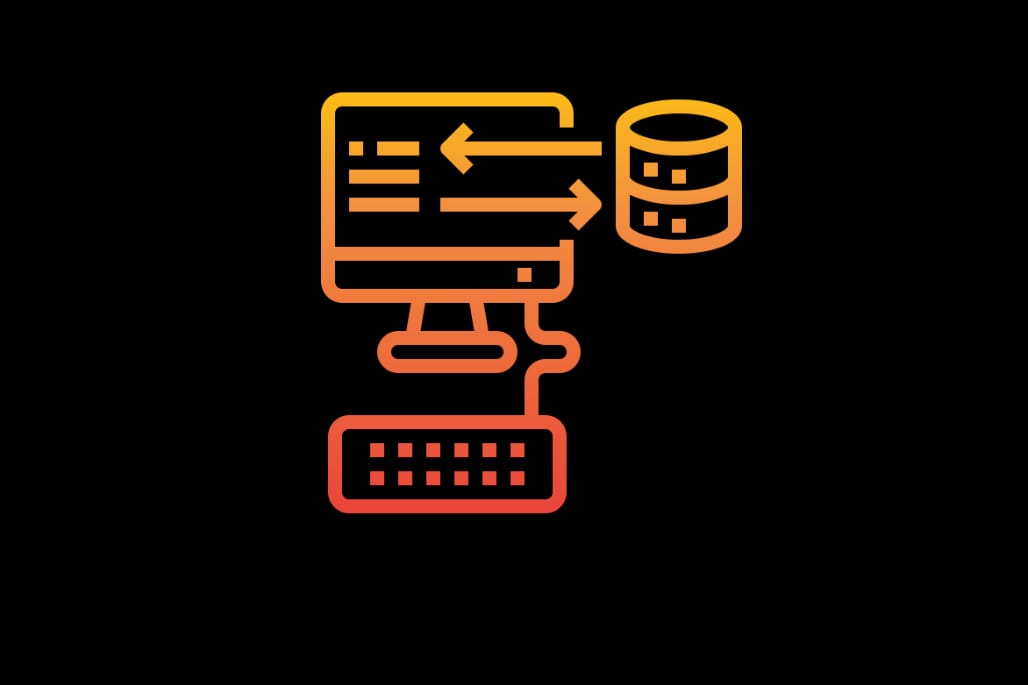API for registering directive- Directive Definition Object
Directives are created using angular.directive API. It is a similar syntax used to create controllers or services. This API takes a directive name followed by a factory function which returns a Directive Definition Object. Directive Definition Object, as the name suggests, contains various options which are used by the compile service for adding custom behaviors to DOM elements. Below are some of the options :
- multiElement: If set to
true, the compiler will collect DOM nodes between nodes with the attributes directive-name-start and directive-name-end, and group them together as the directive elements. By default, it is set tofalse. - priority: It is used to sort the directives before they are compiled.
- terminal: Sets the current priority as the last. The included directives in templates are also excluded from the execution order set by their own priority.
- scope: By default, directives scope is set to false and inherit from the parent scope. if set to
true, the child scope is created. If multiple directives on an element request for child scope, only one child scope is created. If the scope is an object{ ... }, it creates an isolate scope. I will explain it later in the tutorial. - bindToController: binds the scope elements directly to the controller.
- controller: controller constructor function.
- controllerAs: Alias to the controller
- require: Inherit another directive.
- restrict: specify the type of directive(EACM)
- template/templateUrl: template view or the URL of it
- transclude: if set to true, Element content is compiled and made available to the directive as a transclude function.
- compile: function to compile the directive
- Link: function to link the scope with the compiled element.
Below is an example directive with directive definition object.
directive('directiveDefApi', function factory(injectables) {
var directiveDefinitionObject = {
priority: 0,
template: '<div>hello</div>', // or // function(tElement, tAttrs) { ... },
// or
// templateUrl: 'directive.html', // or // function(tElement, tAttrs) { ... },
transclude: false,
restrict: 'A',
templateNamespace: 'html',
scope: false,
controller: function($scope, $element, $attrs, $transclude, otherInjectables) { },
controllerAs: 'stringIdentifier',
bindToController: false,
require: 'siblingDirectiveName', // or // ['^parentDirectiveName', '?optionalDirectiveName', '?^optionalParent'],
multiElement: false,
compile: function compile(tElement, tAttrs, transclude) {
return {
pre: function preLink(scope, iElement, iAttrs, controller) { ... },
post: function postLink(scope, iElement, iAttrs, controller) { ... }
}
// or
// return function postLink( ... ) { ... }
},
// or
// link: {
// pre: function preLink(scope, iElement, iAttrs, controller) { ... },
// post: function postLink(scope, iElement, iAttrs, controller) { ... }
// }
// or
// link: function postLink( ... ) { ... }
};
return directiveDefinitionObject;
});
Each of the options has the desired effect on the functionality of a directive. It is outside the scope of this post to explain each of the options in detail. It would require quite a real estate and time to elaborate each of them. Hopefully, I will publish the detailed posts about them soon.






